Granny Flat Drainage Guide
Granny Flat Drainage
This granny flat drainage guide relates to the NSW State Granny Flat Approval legislation with regard to Drainage for all properties as follows. Please see our The Affordable Rental Housing SEPP for more information.
All storm-water collecting as a result of development for the purposes of a secondary dwelling must be conveyed by a gravity fed or charged system to:
(a) a public drainage system, or
(b) an inter-allotment drainage system, or
(c) an on-site disposal system.
This means that if your property slopes (falls) towards the street, you can connect your roof-water drainage to the nearest down-pipe, which should drain to the street. If your property does not fall towards the street, you can connect to a Drainage Easement, if one exists. Drainage easements usually run across the back boundary of a property and are usually about 1 meter wide. They are a very good thing for blocks that slope to the rear, allowing easy connection to the existing system. Unfortunately though, Drainage Easements are not very common.
The third option for drainage design is to dig a trench and create an ‘on-site disposal system’. Another name for these systems is a ‘dispersion pit’ a ‘rubble pit’ or an ‘on-site dispersion system’. These are generally 4m long, 0.6m wide and 0.6m deep trenches. The main restriction with these systems is that the trench must be located downstream of the granny flat and it must be located at least 3 metres clear of any structures, boundaries and tree-trunks. This means we often have to design the granny flat’s location to allow adequate space for the dispersion pit. You can imagine, especially with narrower lots, things can get pretty tight when a dispersion pit has to be allowed for. We often need to move the granny flat up-hill to allow for the dispersion pit. This is a very important consideration for rearward-sloping blocks and can often lead to issues when there are additional sheds and trees to avoid as well. Remember, we need to be 3m from all structures, trees and boundaries.
Take a look at the image below which shows and example of a granny flat which has been designed and sited to allow for a dispersion pit.
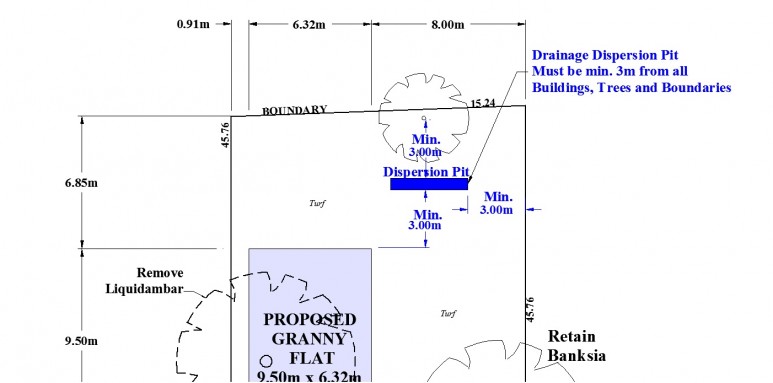
Granny Flat Drainage
We hope this granny flat drainage guide helps to show you how to design and site your new granny flat so that drainage works for your property and that your development proposal meets both the SEPP legislation and the relevant Australian Standards.
Warm regards,
Serge Panayi – Granny Flats Sydney

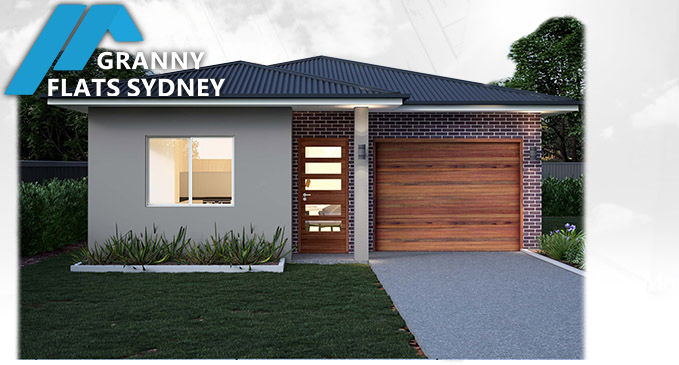
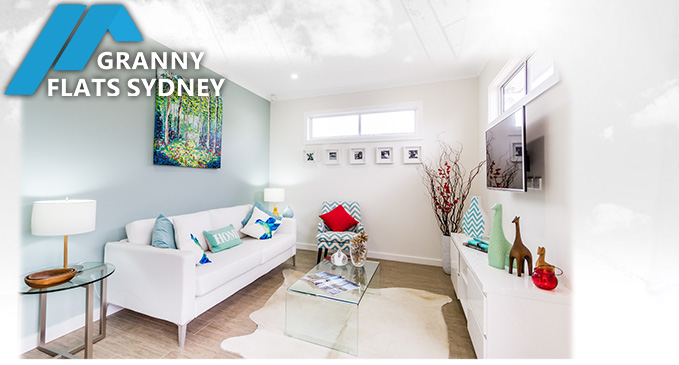
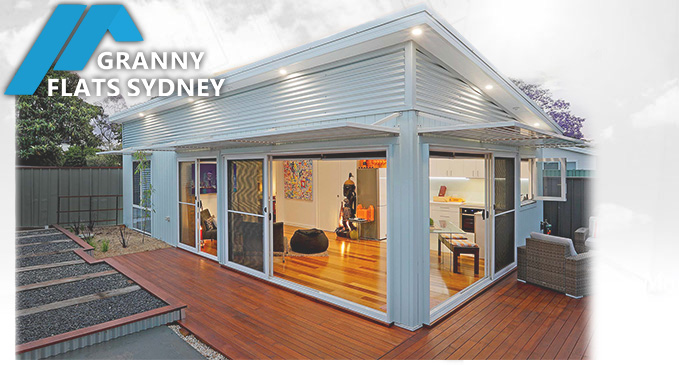
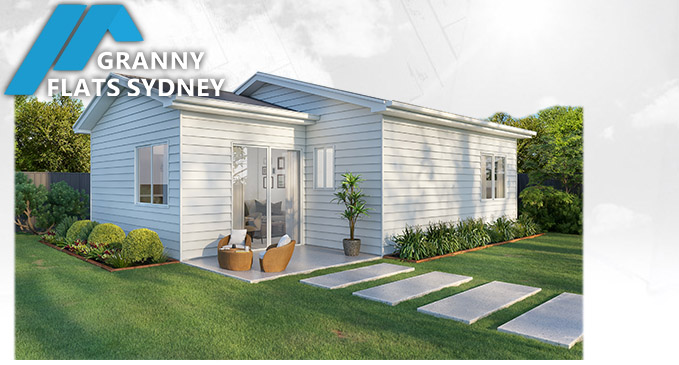

























2 replies on Granny Flat Drainage Guide
It has been suggested to me that if the granny flat roof area is greater than 100m2 then a drainage dispersion pit is required. Does this sound right to you?
My property slopes towards the street, so a down pipe and drainage at 1:100 slope to street gutter is fine.
Hi Etienne,
No, I haven’t been imposed with such conditions. If a property slopes to the street, a dispersion pit is useless since it’s designed to retain and disperse water within the property. You have drainage to the street. Makes no sense
Serge